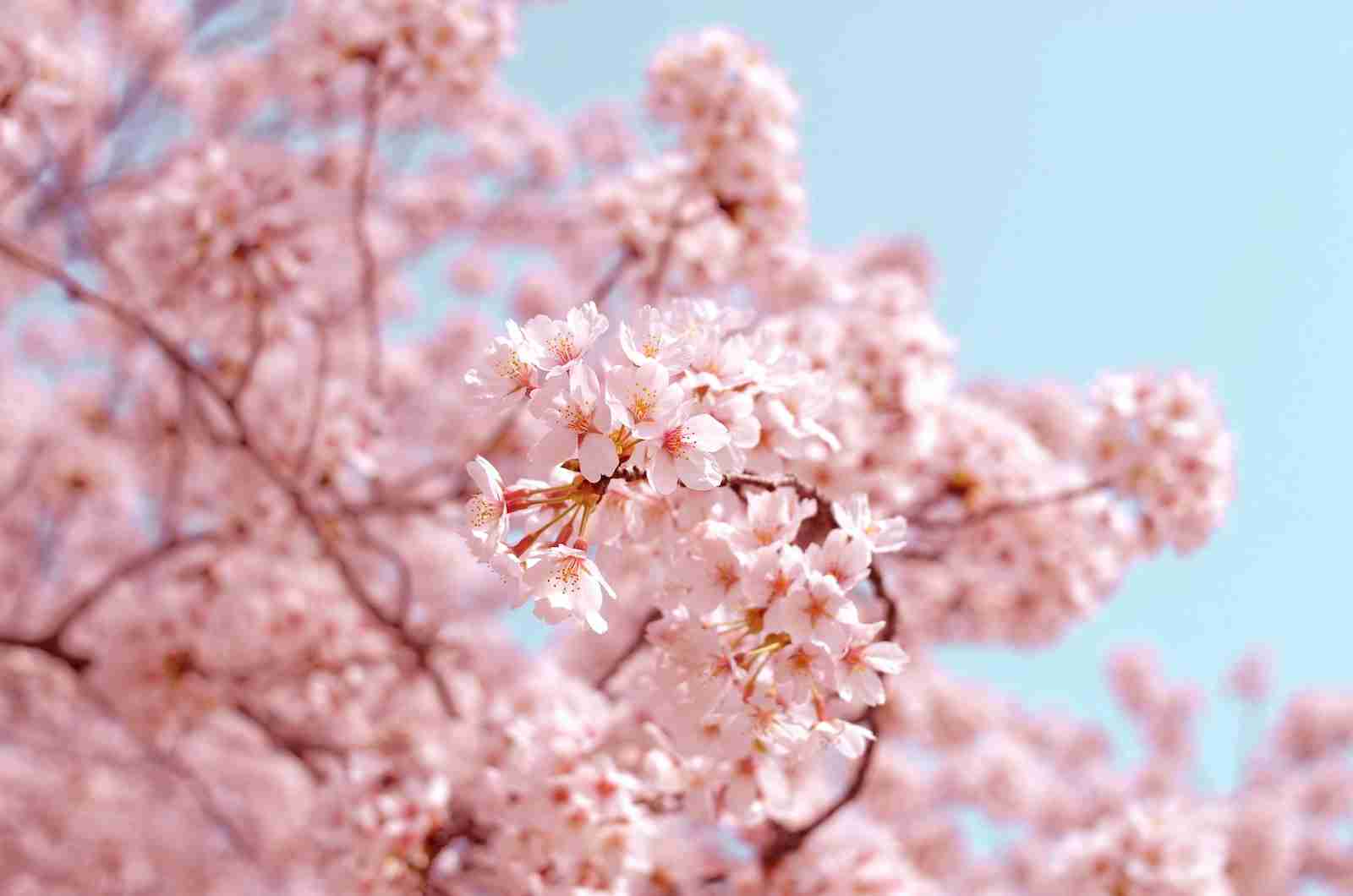25 Fun Facts About Cherry Blossoms | Blooming Beauty
1. “Sakura” refers to cherry blossoms in Japan.
The term “Sakura” is deeply ingrained in Japanese culture, symbolizing the beauty and ephemeral nature of cherry blossoms.
The name “Sakura” carries a profound sense of reverence and is used in various art forms, literature, and poetry throughout Japan’s history.
2. Each cherry blossom tree has both male and female flowers.
Each cherry blossom tree possesses both male and female reproductive parts in their flowers.
This unique aspect of each cherry blossom tree’s biology is crucial for pollination and the eventual production of fruit.
3. Some cherry blossom trees live for over 100 years.
Certain cherry blossom trees can live for a century or even longer, serving as enduring symbols of natural beauty and resilience.
These ancient cherry blossom trees have witnessed generations come and go, making them significant cultural landmarks in their own right.
4. Cherry blossoms’ colors vary from white to deep pink.
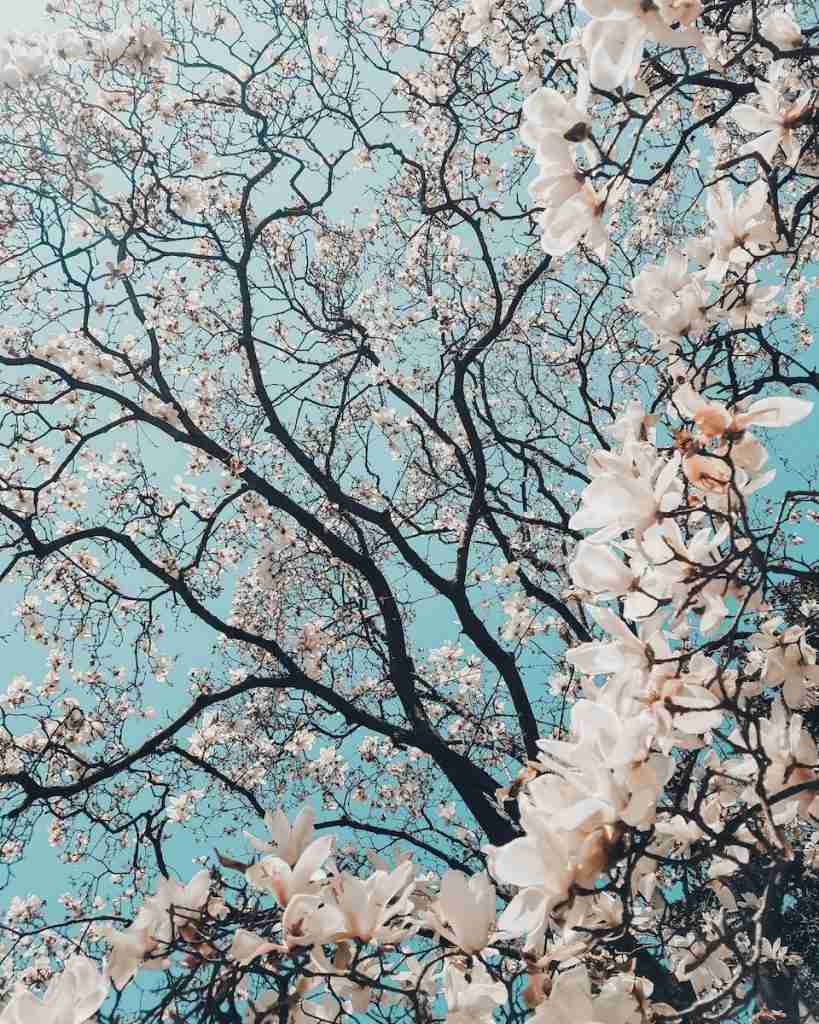
The colors of cherry blossoms exhibit a wide range, spanning from pure white to vibrant pink.
Various cherry tree varieties produce blossoms with distinct shades, allowing for a diverse and stunning display during the spring bloom.
5. Cherry blossoms belong to the rose family.
Cherry blossoms, despite their distinct appearance, are part of the Rosaceae family, which includes roses, apples, and almonds.
This botanical connection highlights the diverse species within the Rosaceae family that share common ancestry and showcases the intricate relationships in the plant kingdom.
6. The cherry blossom is Japan’s national flower.
The cherry blossom, known as “Sakura,” holds the distinction of being Japan’s national flower.
This iconic bloom represents renewal, rebirth, and the fleeting beauty of life, deeply ingrained in Japanese traditions and festivals, such as Hanami, the practice of viewing cherry blossoms.
7. Cherry blossoms bloom for just a few weeks.
Cherry blossoms’ ephemeral beauty serves as a reminder of the transience of life, as each cherry blossom tree typically graces us with its presence for only a short period each spring.
The short-lived existence of each cherry blossom adds to its charm and captures the hearts of people worldwide.
8. In 1912, Japan gifted 3000 cherry trees to the U.S.
In 1912, Japan made a significant gesture of goodwill by gifting cherry trees to the United States as a symbol of friendship and diplomacy.
This generous gift led to the planting of thousands of cherry trees in Washington, D.C.’s Tidal Basin, and this enduring tradition continues to symbolize the strong bond between the two nations.
9. Different Cherry blossom varieties bloom at distinct times.
Various cherry blossom varieties do not all bloom simultaneously, as each type has its unique blooming season.
This diversity creates a cascading wave of cherry blossoms, extending the enjoyment of this natural spectacle over an extended period.
10. Cherry blossoms’ fragrance is subtle and sweet.
The fragrance of cherry blossoms is delicate and sweet, adding an extra layer of sensory delight to the viewing experience.
During their bloom, this gentle scent wafts through the air, enhancing the overall ambiance of cherry blossom festivals and picnics.
11. Cherry blossoms represent the transient nature of life in Japanese culture.
In Japanese culture, cherry blossoms symbolize the concept of “Mono no Aware,” expressing an appreciation for the impermanence of life.
This philosophical underpinning adds profound depth to the symbolism of cherry blossoms in Japan, emphasizing the fleeting and evocative nature of existence.
12. The world’s largest cherry blossom garden is in China.
This stunning garden, located in Pingba, Guizhou, offers a breathtaking visual experience with a sea of delicate pink and white cherry blossoms, creating an enchanting natural wonder.
Visitors can immerse themselves in the beauty of this vast cherry blossom garden, providing a serene and captivating escape into the heart of nature’s fleeting charm.
13. Cherry blossoms’ petals are edible and used in various dishes.
The petals of cherry blossoms are not only visually pleasing but are also utilized in culinary creations.
In Japan, these delicate petals are used to add a touch of elegance to dishes such as sakura mochi, a traditional dessert, and sakurayu, a cherry blossom tea.
14. Some cherry trees produce tiny, inedible fruit, which is one of the fun facts about Cherry Blossoms.
Certain cherry trees produce small, inedible fruit, with the primary attraction of these trees being their stunning blossoms rather than their fruit.
These ornamental cherry tree varieties are cherished for their aesthetic value and the visual spectacle they provide during their bloom.
15. What is a cherry blossom tree?
A cherry blossom tree is a tree famous for its beautiful pink or white blossoms that grace us with their presence in the spring.
Symbolizing the fleeting beauty of nature and often associated with cultural traditions like Hanami in Japan.
16. There’s a “Cherry Blossom Queen” crowned in some U.S. cities.
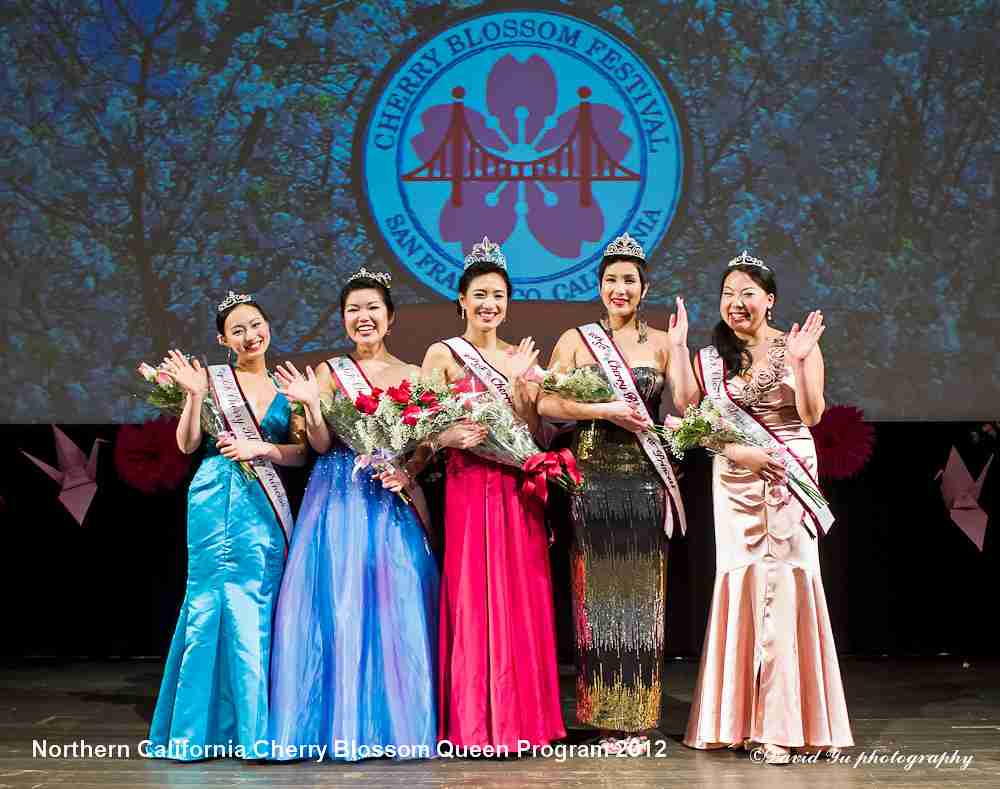
Several U.S. cities celebrate their cherry blossom festivals by crowning a “Cherry Blossom Queen,” symbolizing the pageantry and cultural exchange that these events embody.
This tradition adds a touch of regal charm to the festivities surrounding cherry blossoms in the United States.
17. Blossom-viewing picnics are popular in Japan, called “hanami”.
The tradition of “hanami” involves gathering with friends and family for a picnic beneath cherry blossom trees during their bloom.
This cherished custom celebrates the arrival of spring and the fleeting beauty of the cherry blossoms, fostering a sense of togetherness and appreciation for nature’s beauty.
18. Cherry blossoms influenced Japanese art, like ukiyo-e prints.
Cherry blossoms have long been a prominent motif in Japanese art, particularly in ukiyo-e woodblock prints.
These artworks capture the grace and allure of cherry blossoms, contributing to the rich tapestry of Japanese artistic expression and celebrating the beauty of nature.
19. The “Yoshino” cherry is the most common in Japan.
Among the many cherry tree varieties in Japan, the Yoshino cherry, with its delicate white petals, is one of the most commonly planted and celebrated.
It adorns parks and landscapes across the nation, gracing Japan with its pristine and elegant cherry blossoms during the spring season.
20. There are more than 600 cherry tree varieties in Japan.
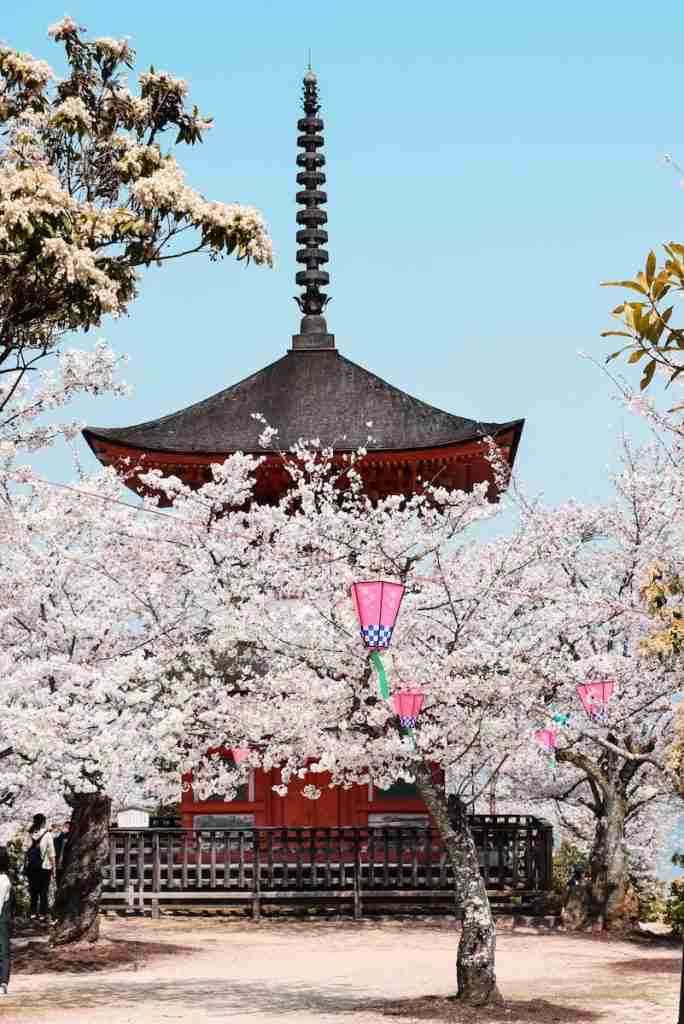
Japan’s extensive collection of cherry tree varieties showcases the country’s dedication to preserving and celebrating the beloved symbol of spring.
Each type offers a unique perspective on the beauty of cherry blossoms, reflecting the rich diversity of these blooms in Japan.
21. Some cherry trees were gifts of goodwill between countries.
Cherry trees have been exchanged between nations as symbols of friendship and diplomacy, strengthening international ties and promoting a sense of unity through their shared beauty.
These acts of goodwill signify the enduring power of cherry blossoms to foster friendship and peace among nations.
22. Blossoms are an integral part of Japanese spring traditions.
Cherry blossoms play a central role in Japanese spring celebrations, becoming an integral part of various customs, festivals, and rituals.
They symbolize the arrival of a new season and are a source of joy and inspiration during this vibrant time of the year in Japan.
23. Washington, D.C. has a “National Cherry Blossom Festival”.
The National Cherry Blossom Festival in Washington, D.C. is a grand annual event that celebrates the enduring friendship between the United States and Japan.
Featuring a series of cultural performances, parades, and the spectacular cherry blossom bloom, this festival unites people from different backgrounds in a shared celebration of beauty and diplomacy.
24. Cherry blossoms signal the arrival of spring in many regions.
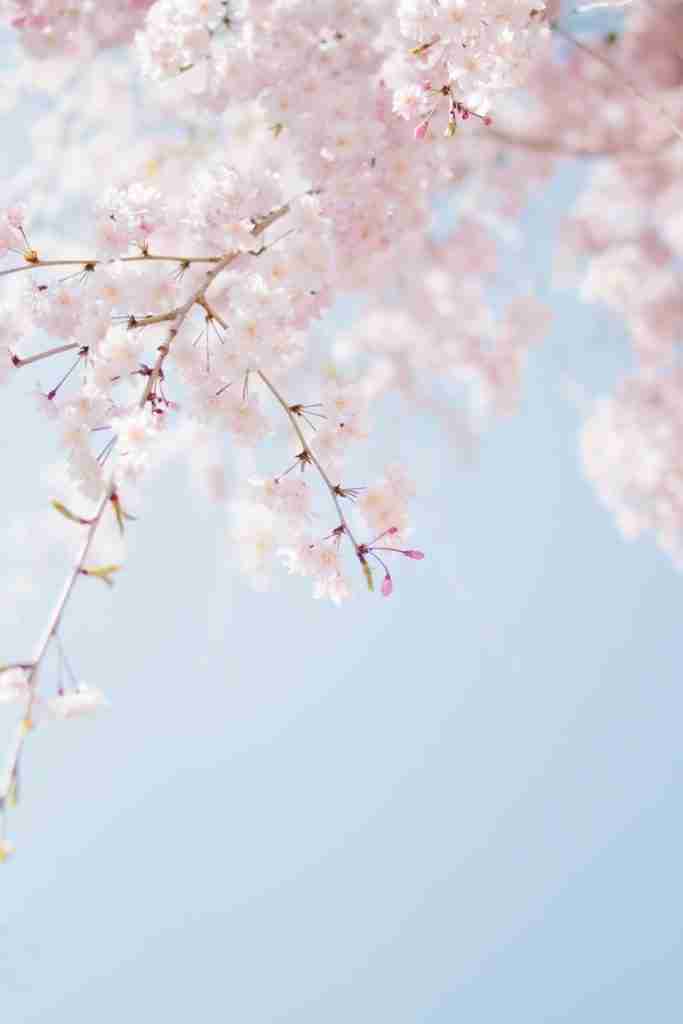
Cherry blossoms herald the transition from winter to spring in many regions across the world, bringing joy and anticipation to people as they witness the vibrant spectacle of these beautiful flowers in bloom.
Their arrival serves as a universal symbol of hope, renewal, and the promise of a new season, transcending cultural boundaries and connecting people in the celebration of nature’s beauty.
25. The cherry blossom is a symbol of love in China.
In China, the cherry blossom is regarded as a symbol of love and femininity.
This iconic bloom’s presence in Chinese art, poetry, and culture reflects enduring themes of romance and beauty associated with these delicate cherry blossoms.
FAQs
A sakura tree is a type of cherry blossom tree, famous for its beautiful pink or white blossoms and cultural significance in traditions like Hanami in Japan.
A blossoms tree is a tree that produces beautiful and colorful blossoms, like cherry blossom trees.
A blossom flower is a flower in its full bloom, displaying its vibrant and open petals.
Cherry blossom dates refer to the specific period when cherry trees are in full bloom, typically occurring during the spring season, varying by location and climate.
A cherry blossom tattoo is a design featuring the delicate and symbolic cherry blossom flowers, often chosen for their beauty and the meaningful message they convey in various cultures, particularly in Japanese and Chinese traditions.

